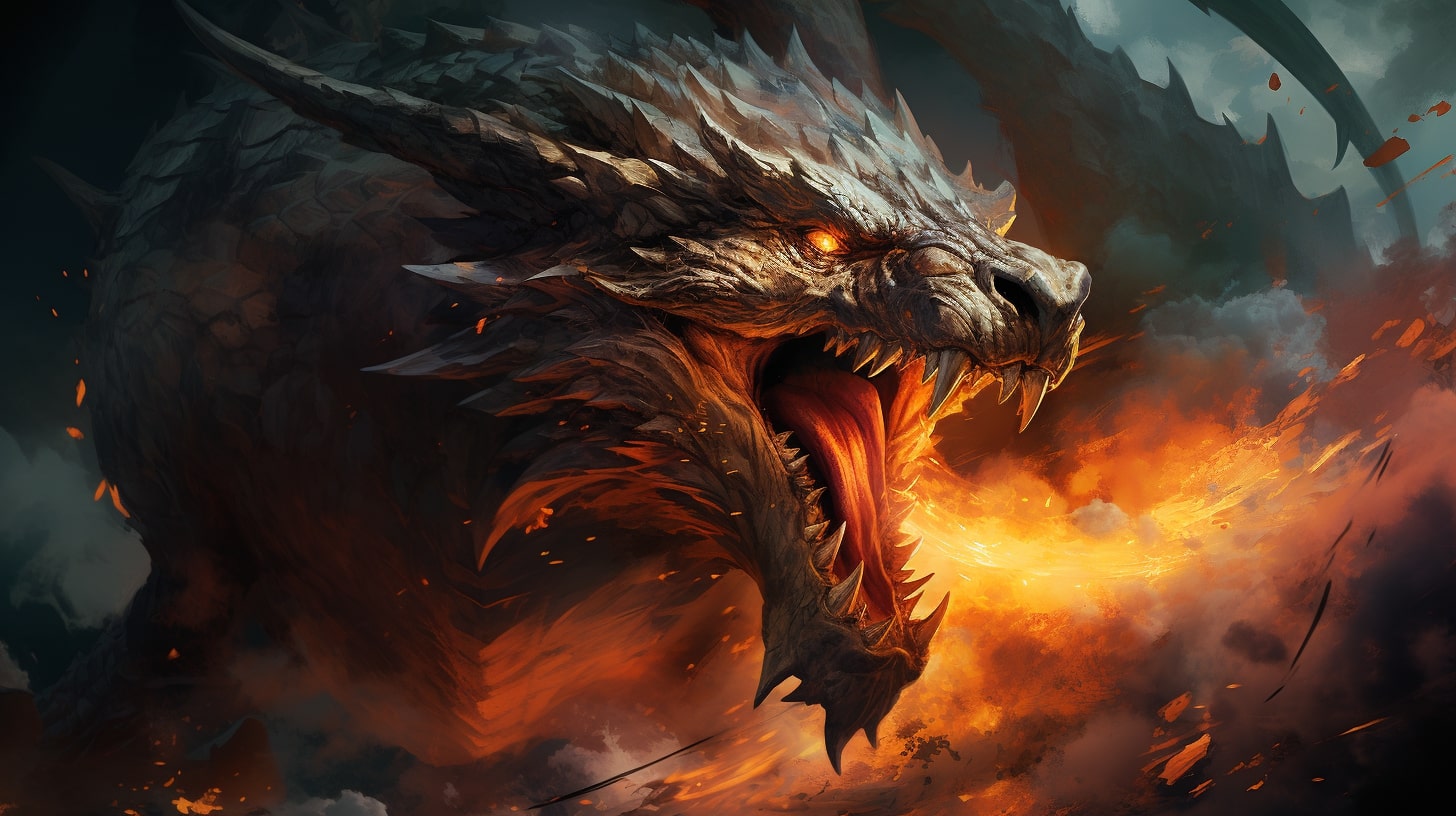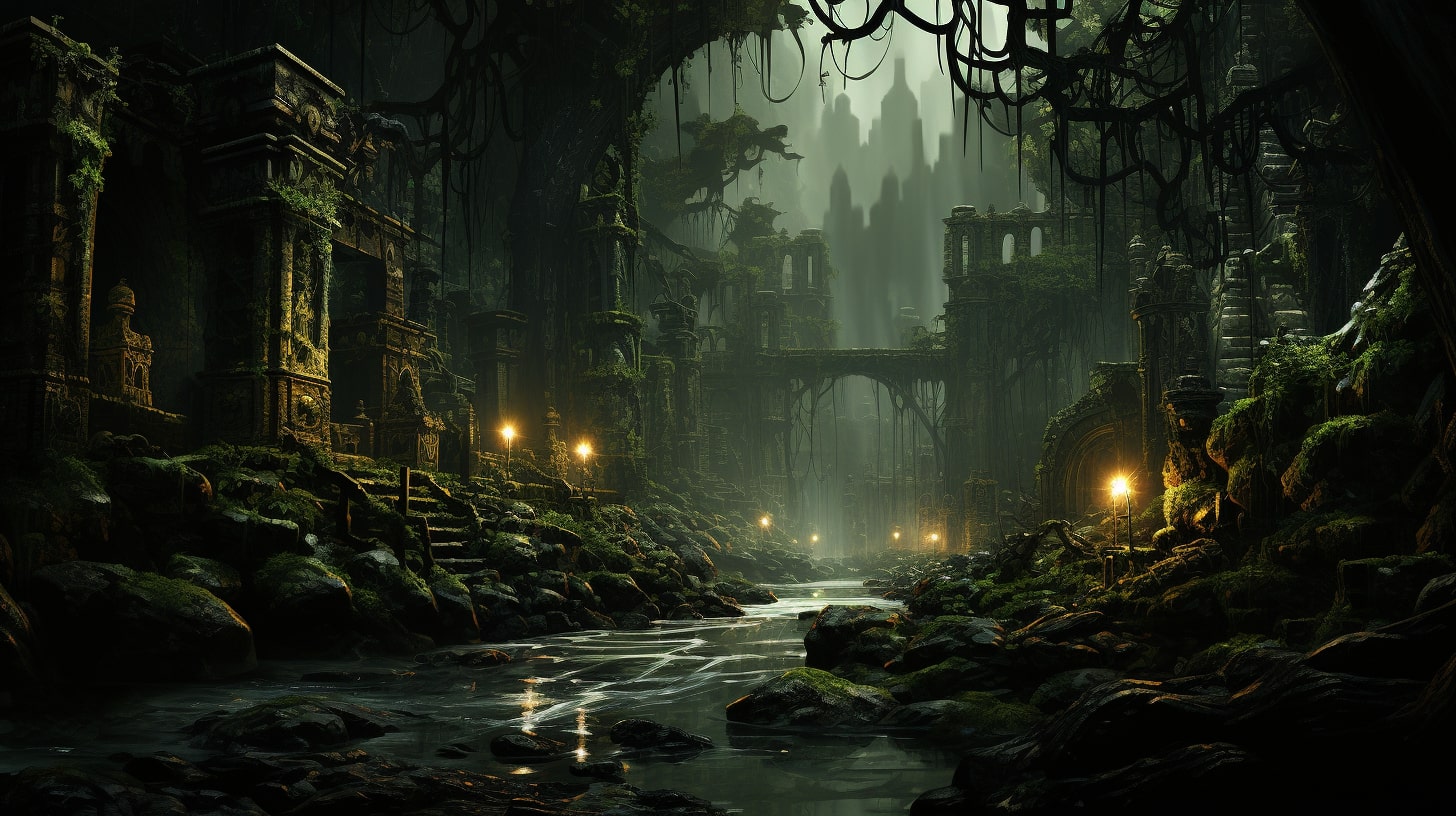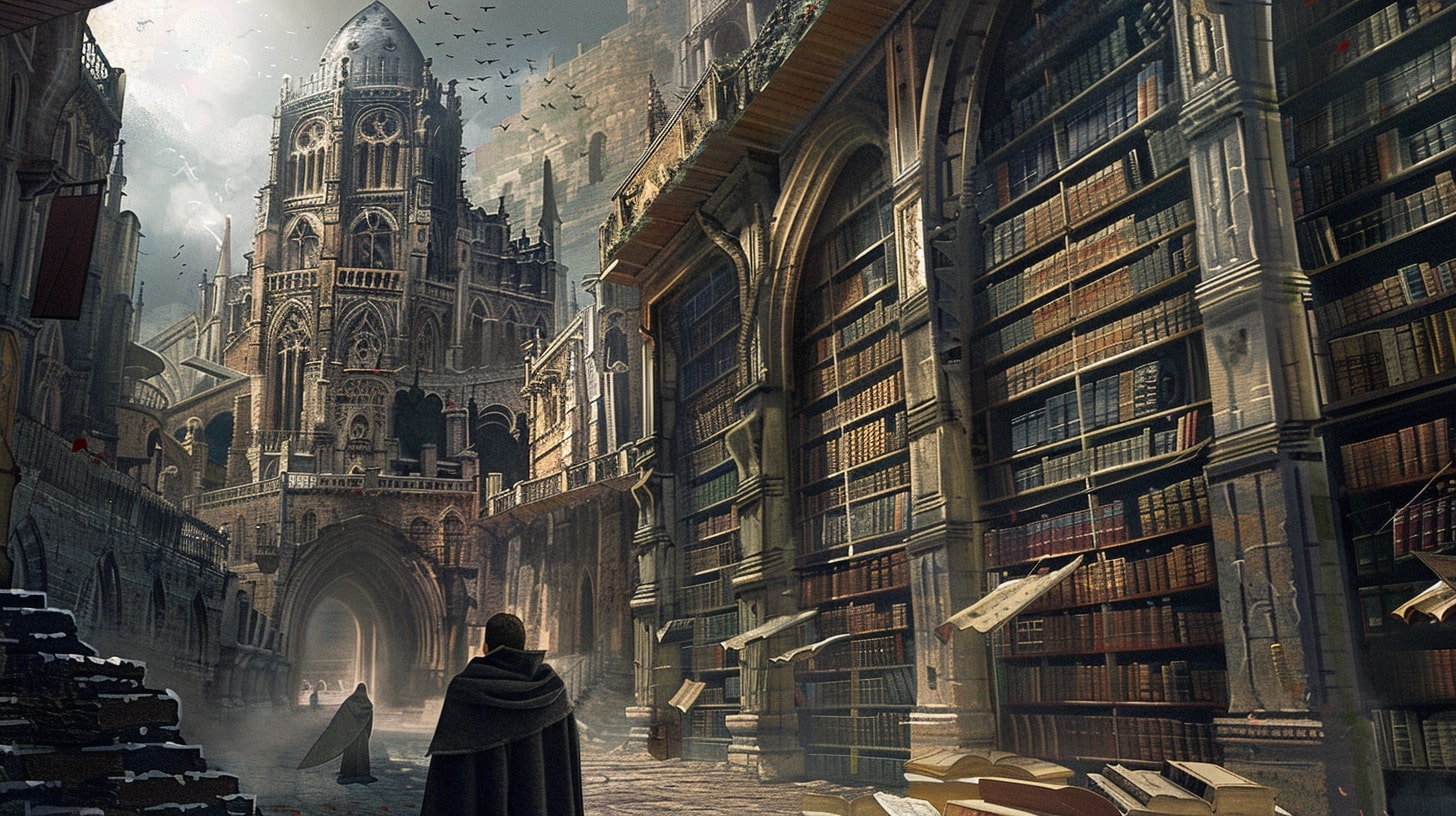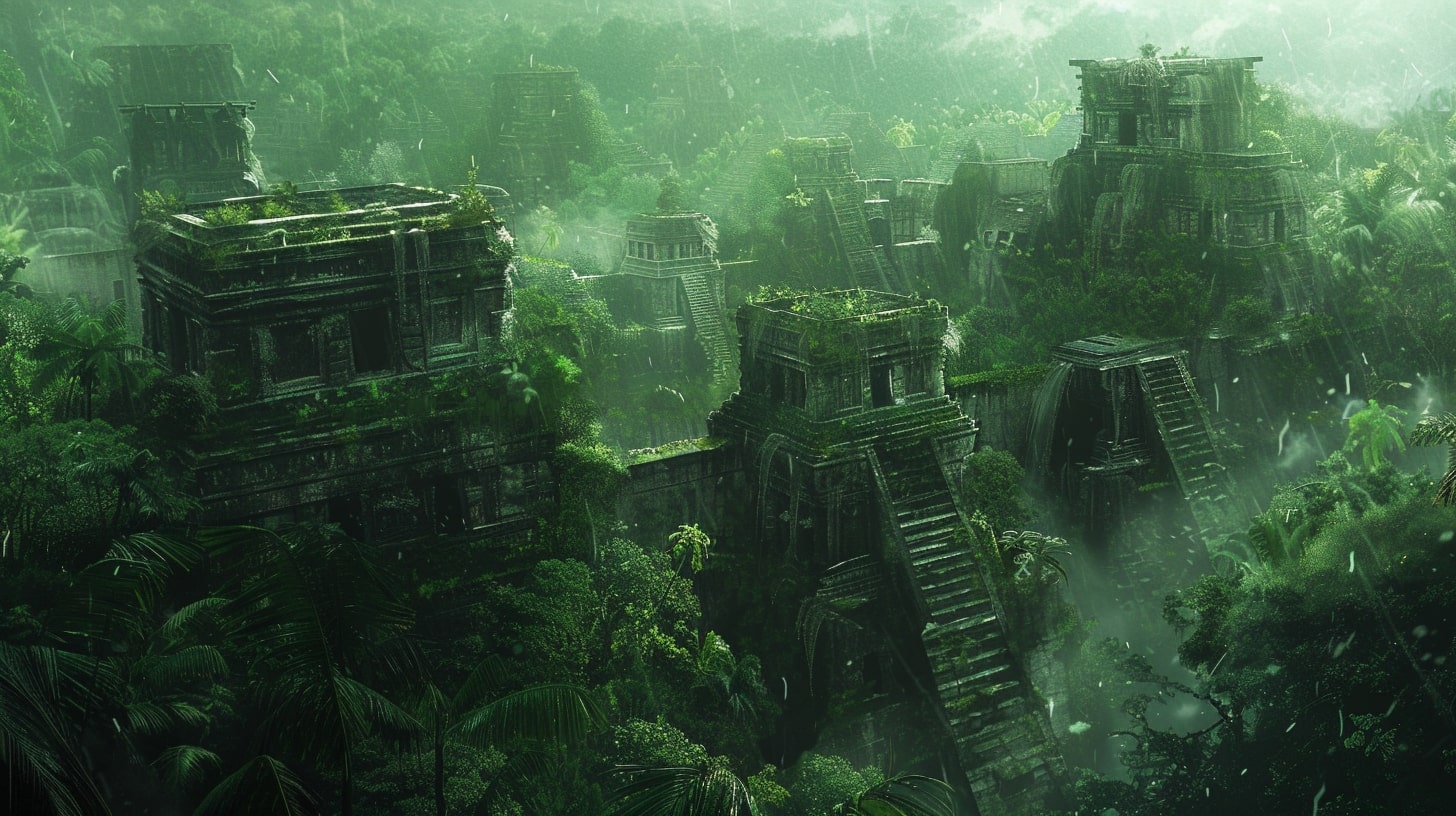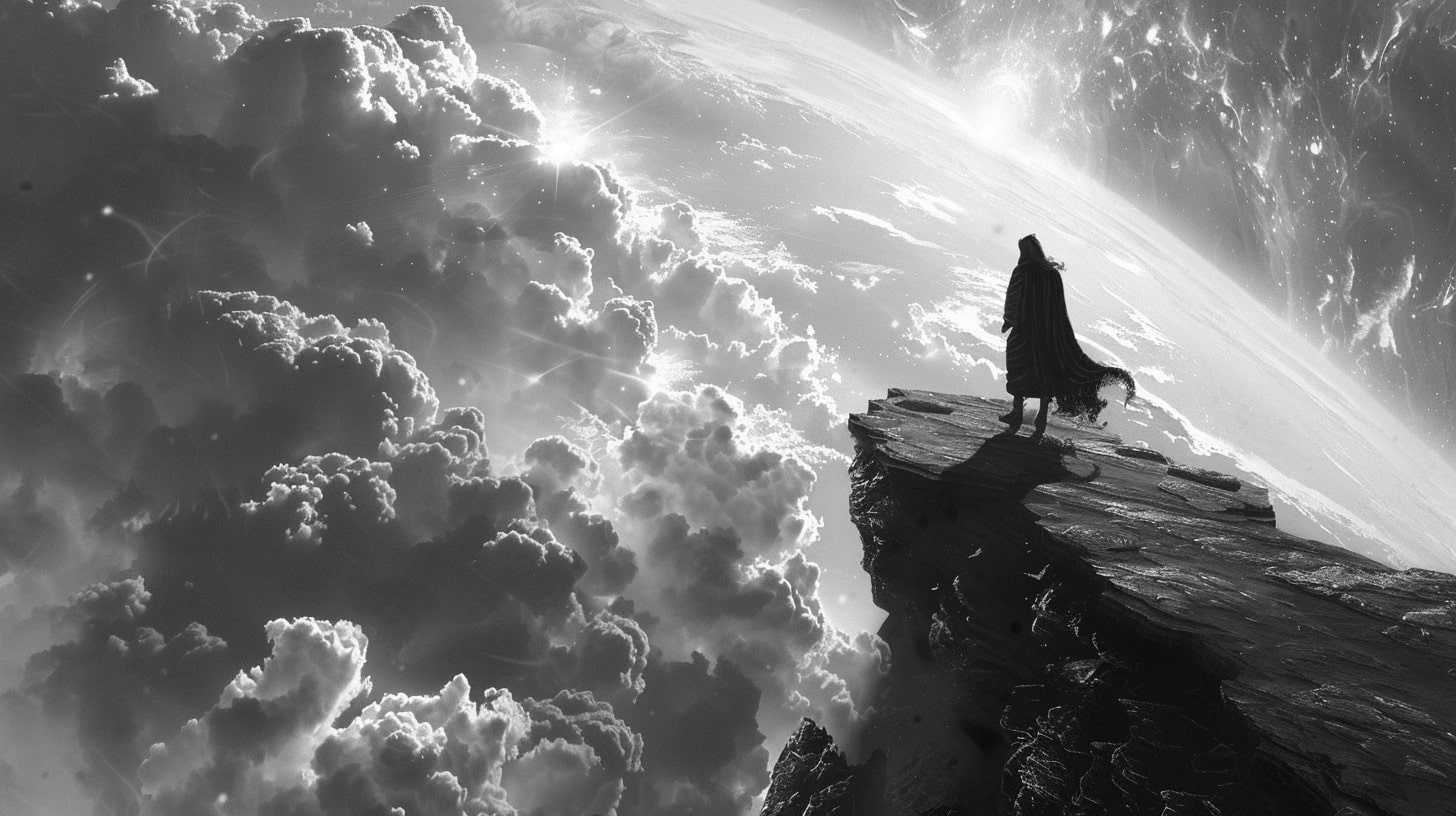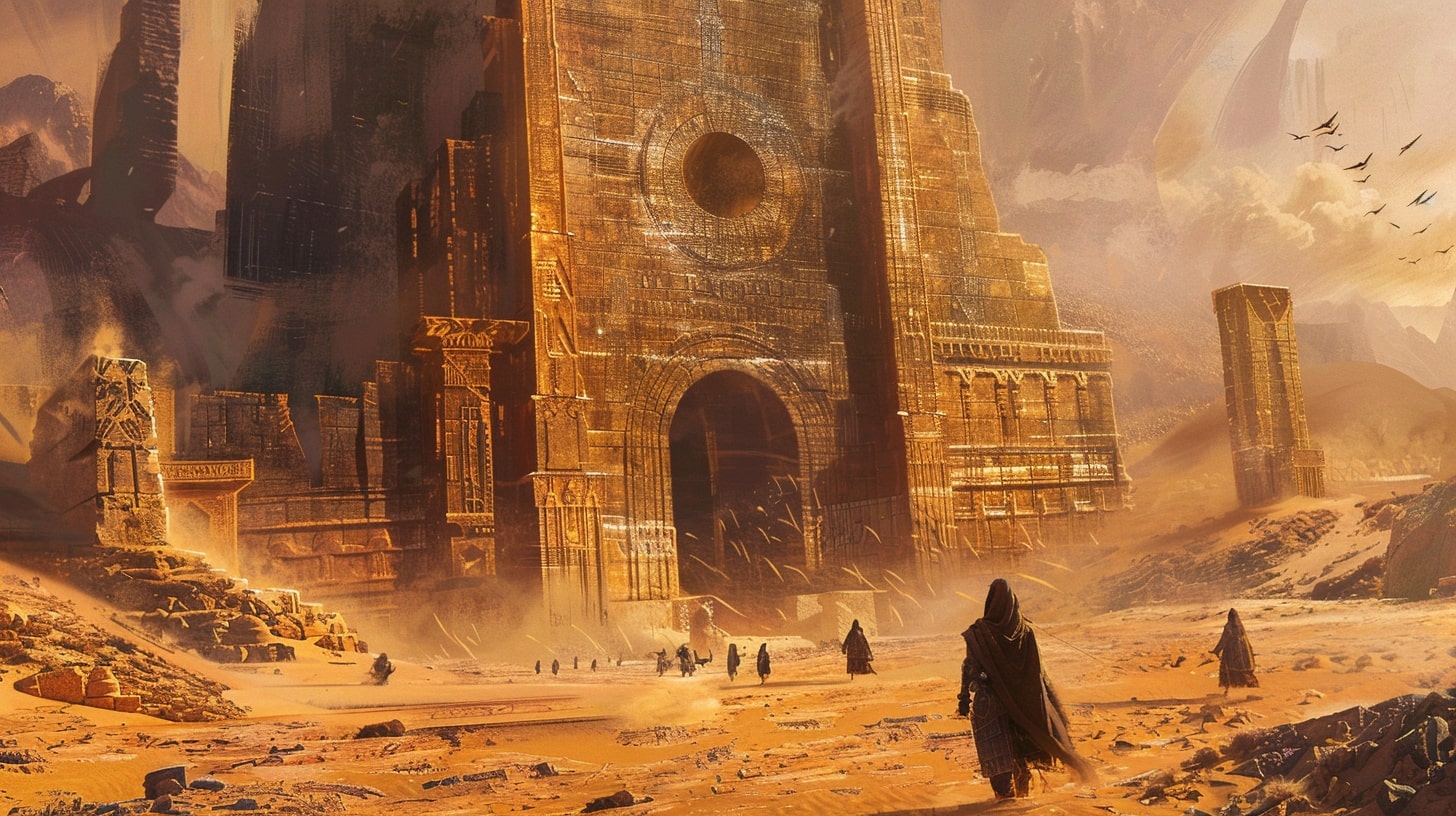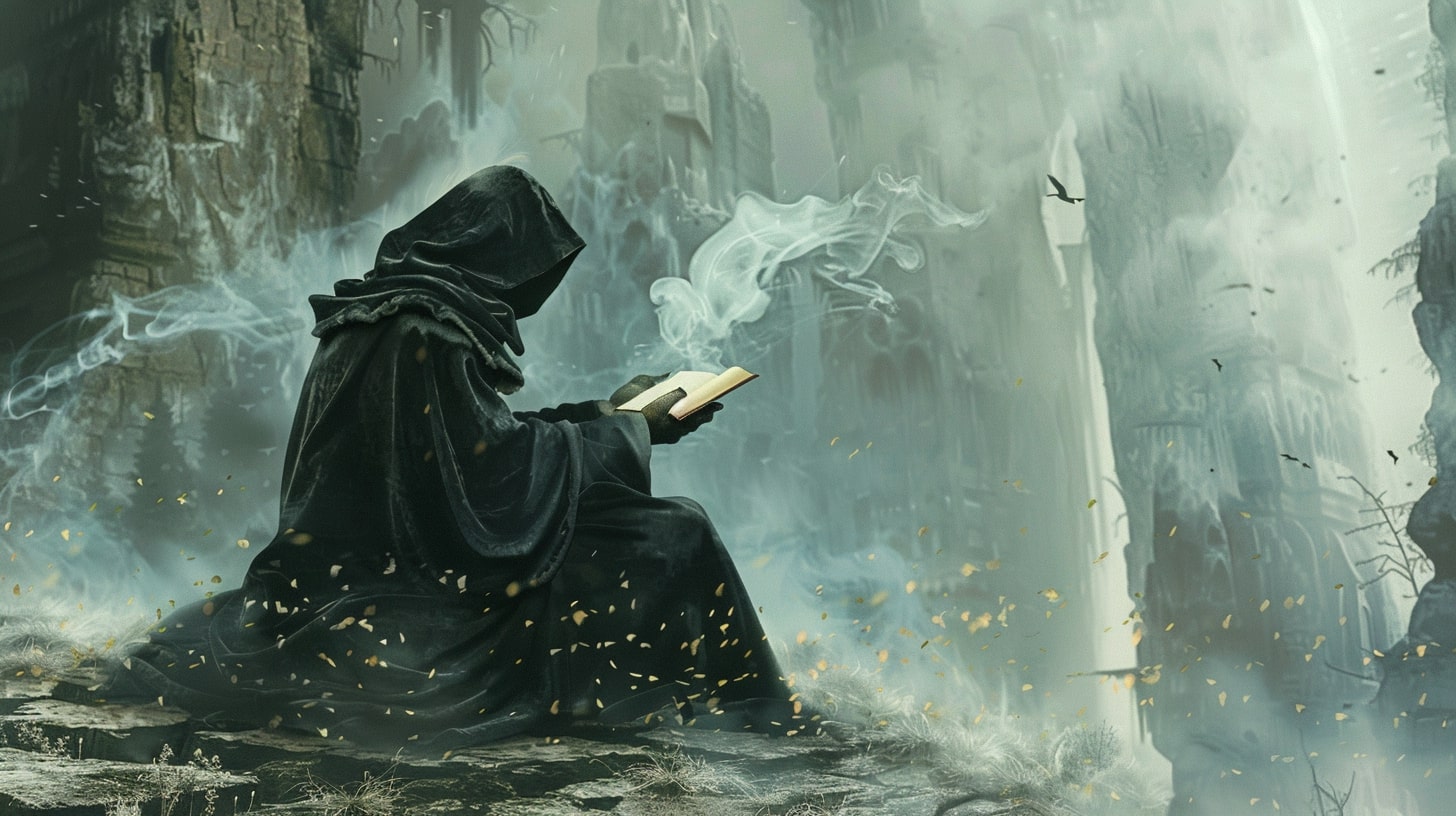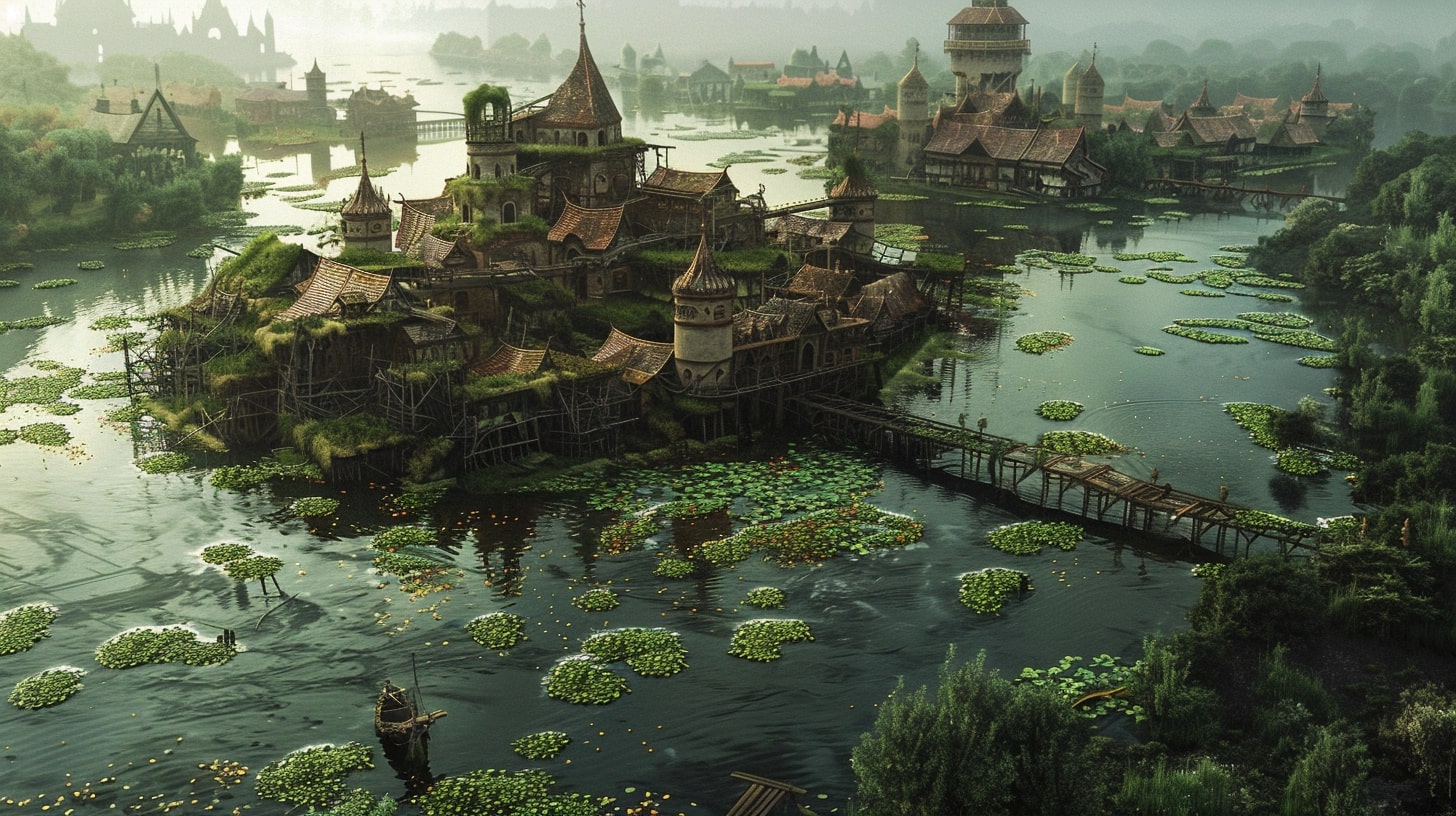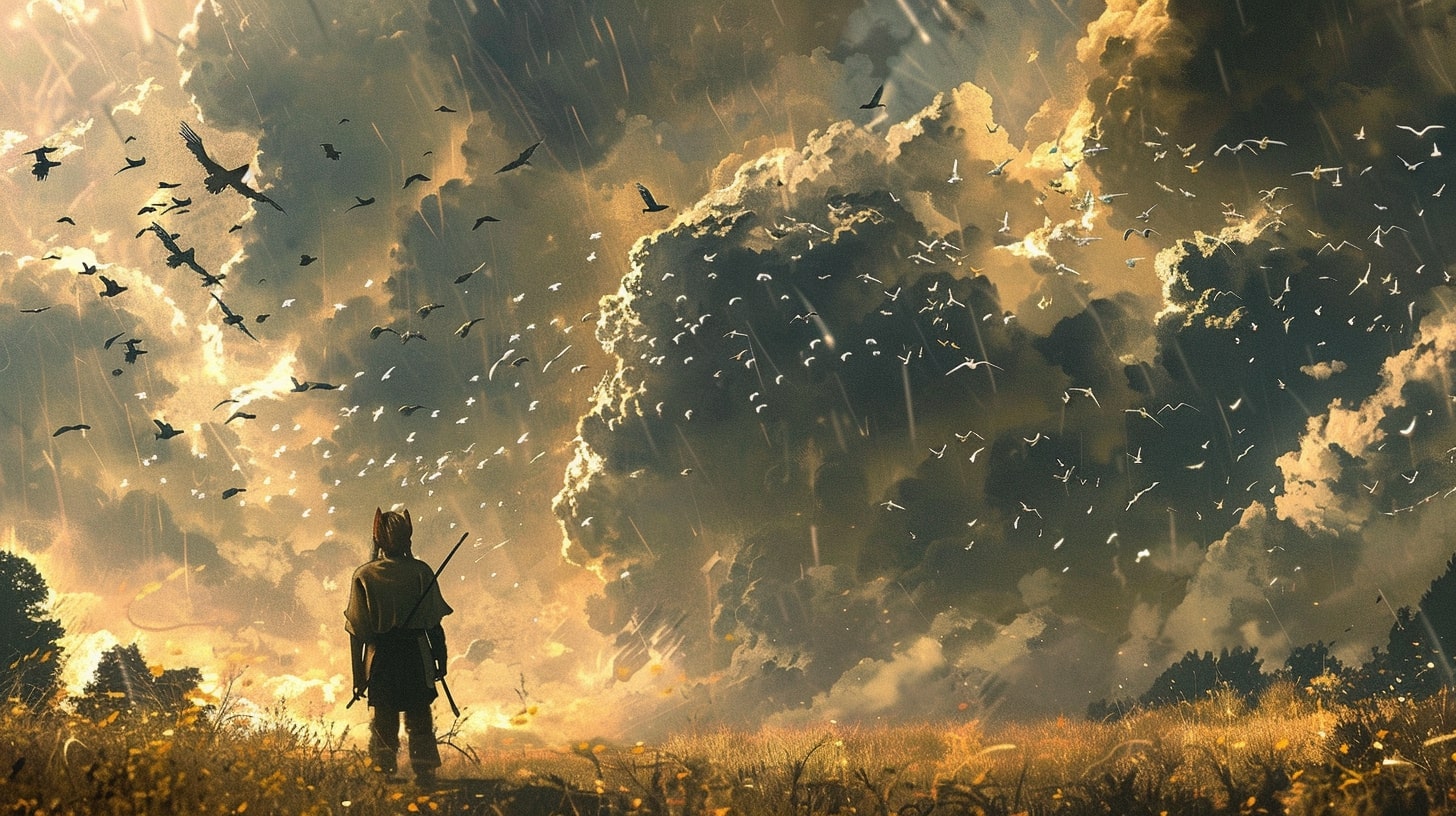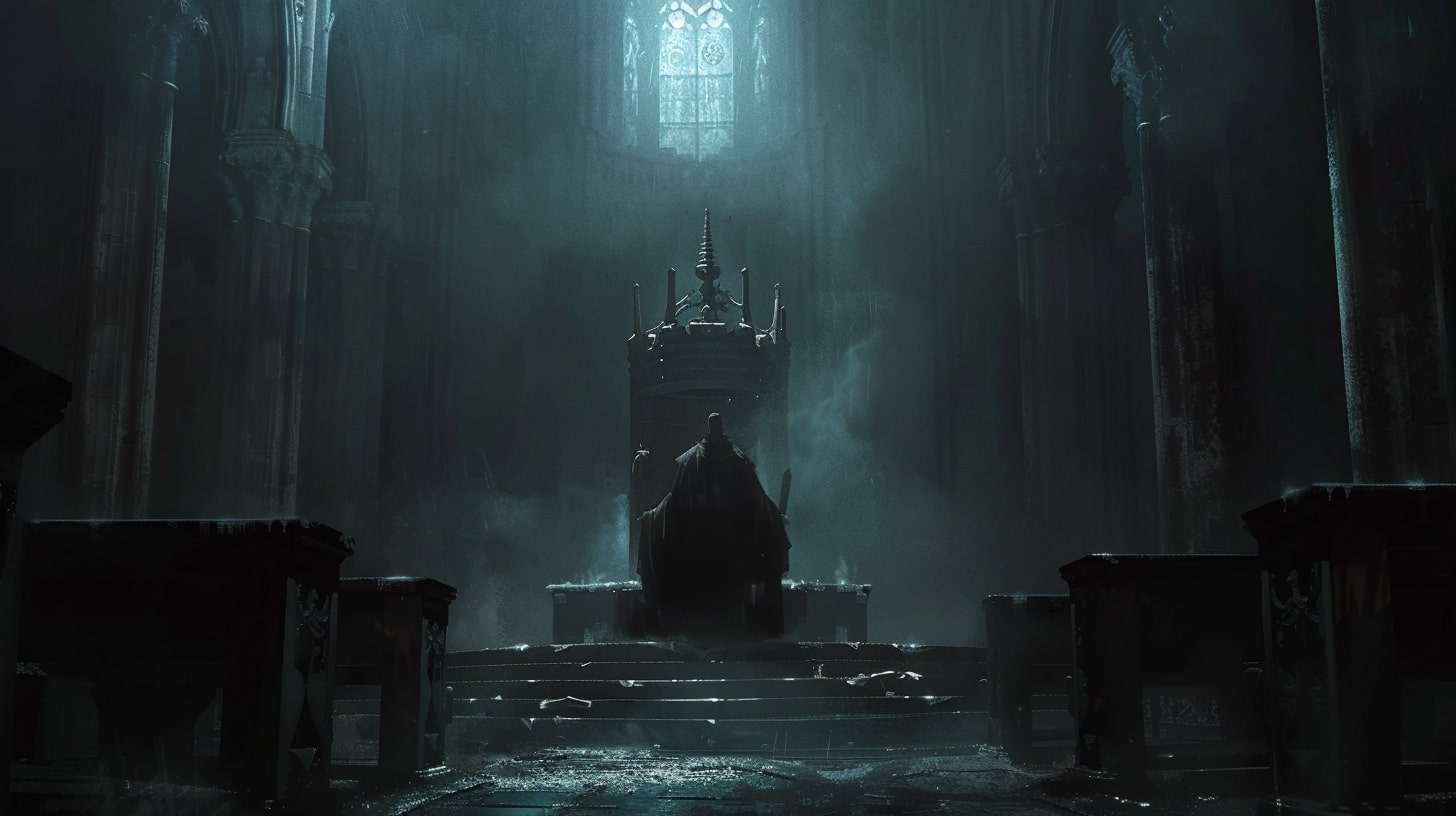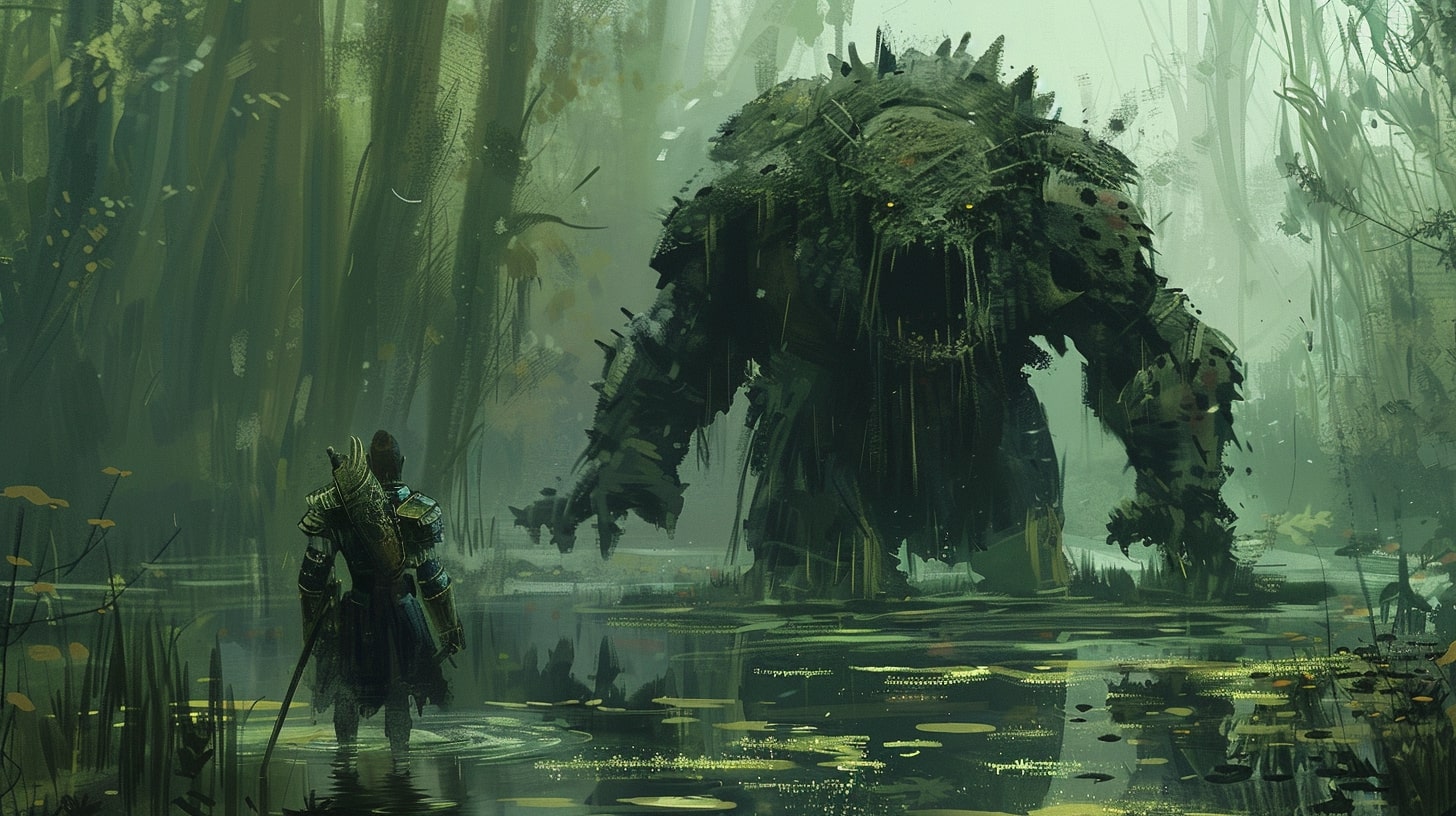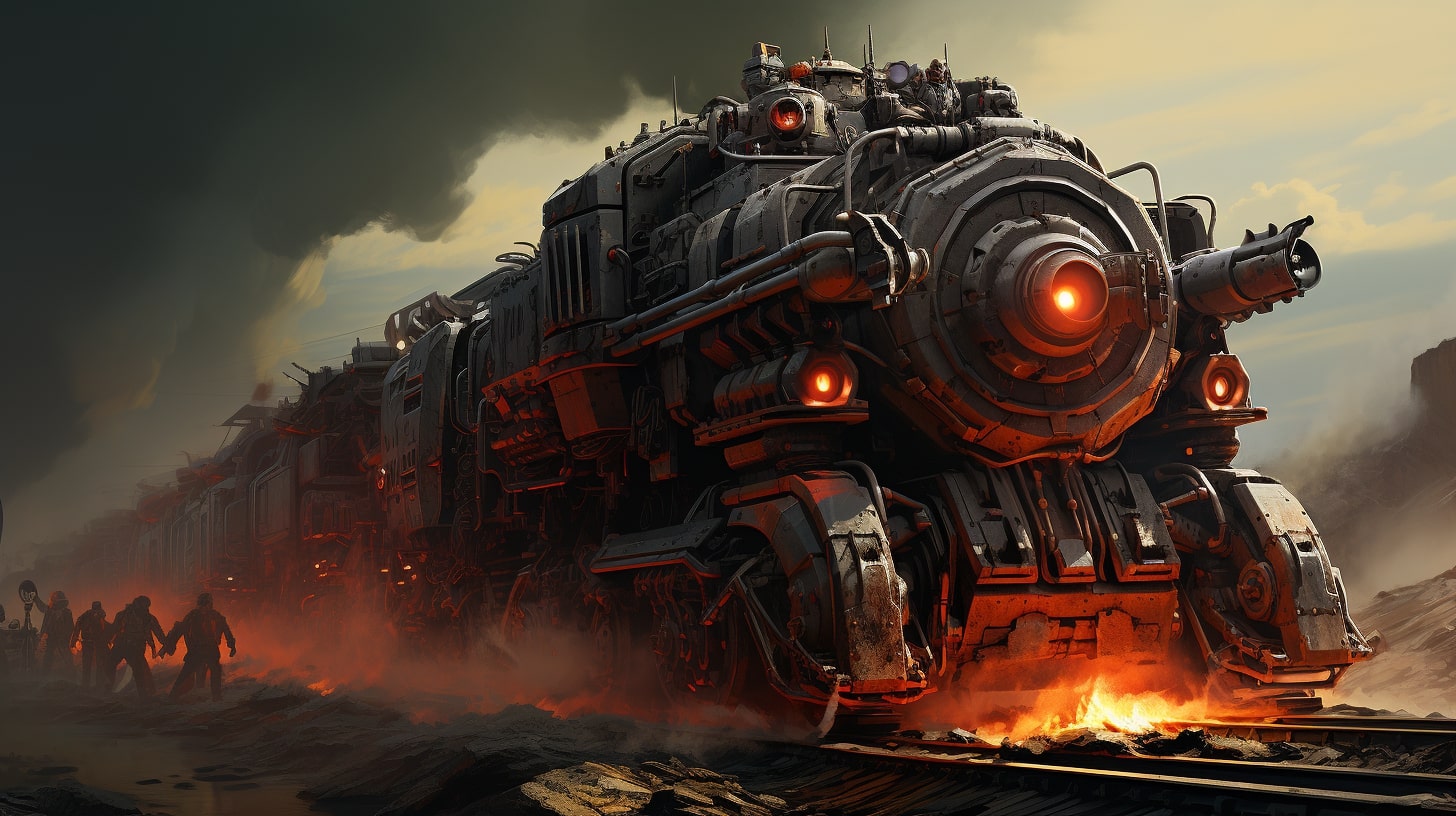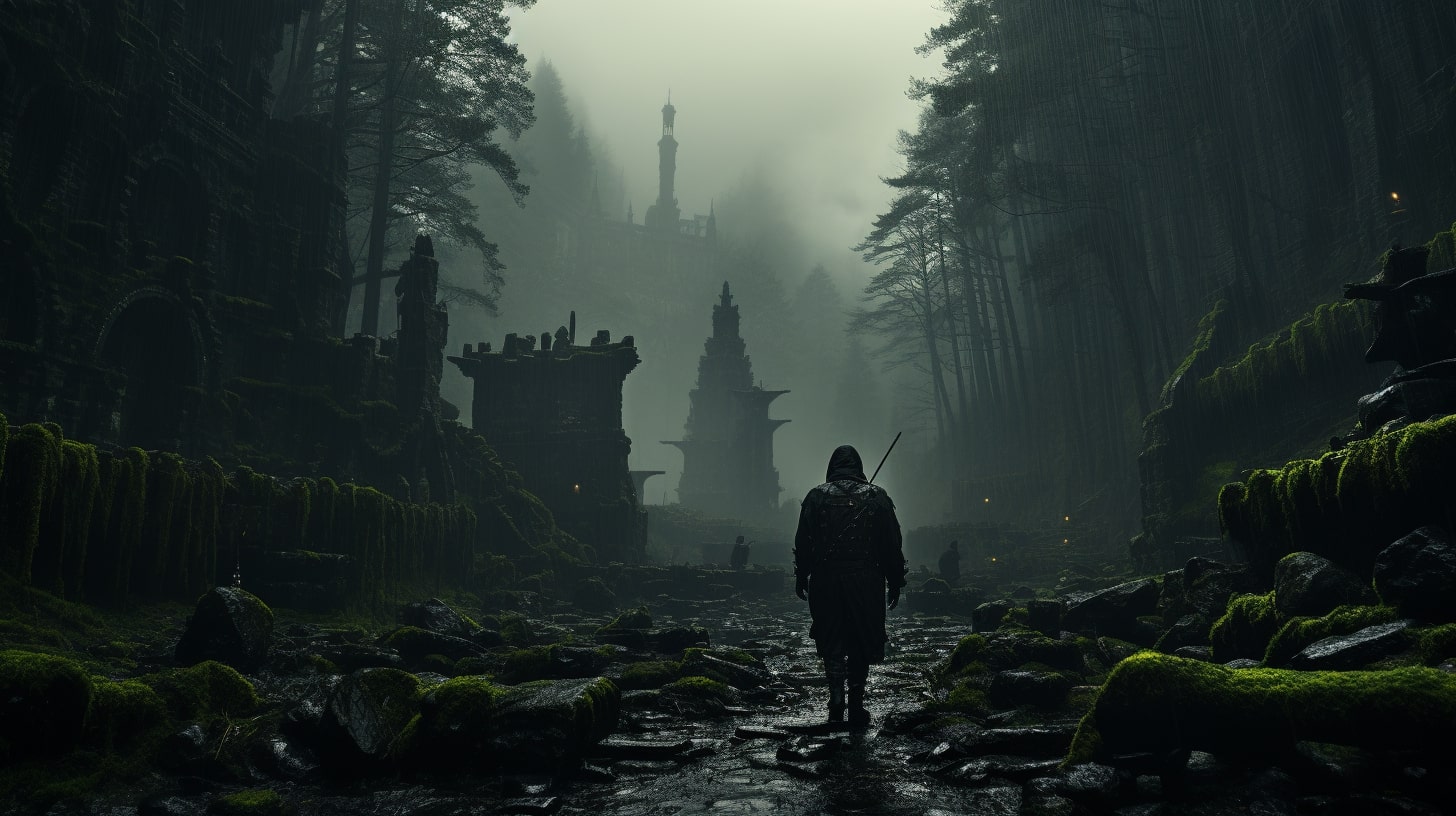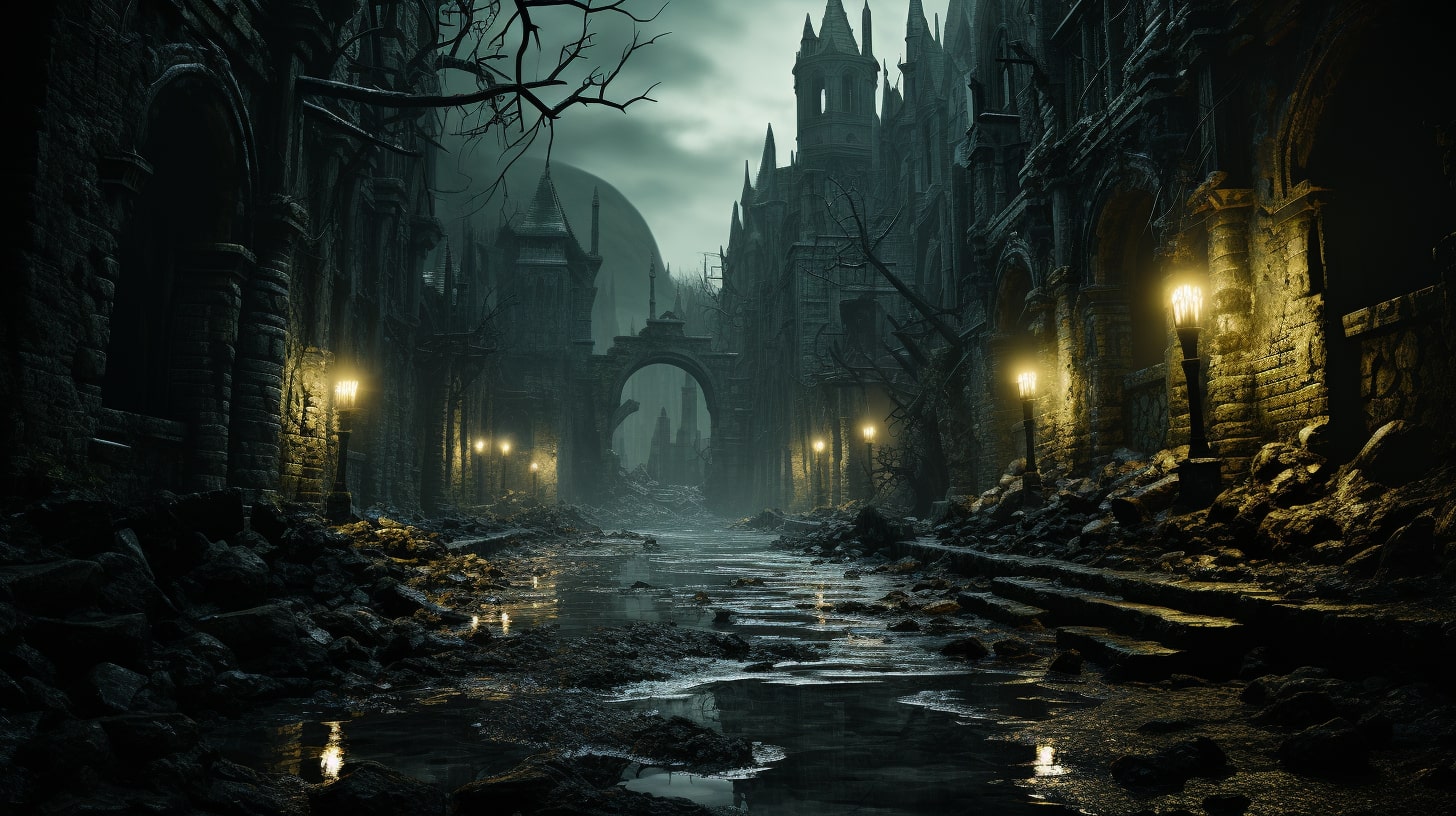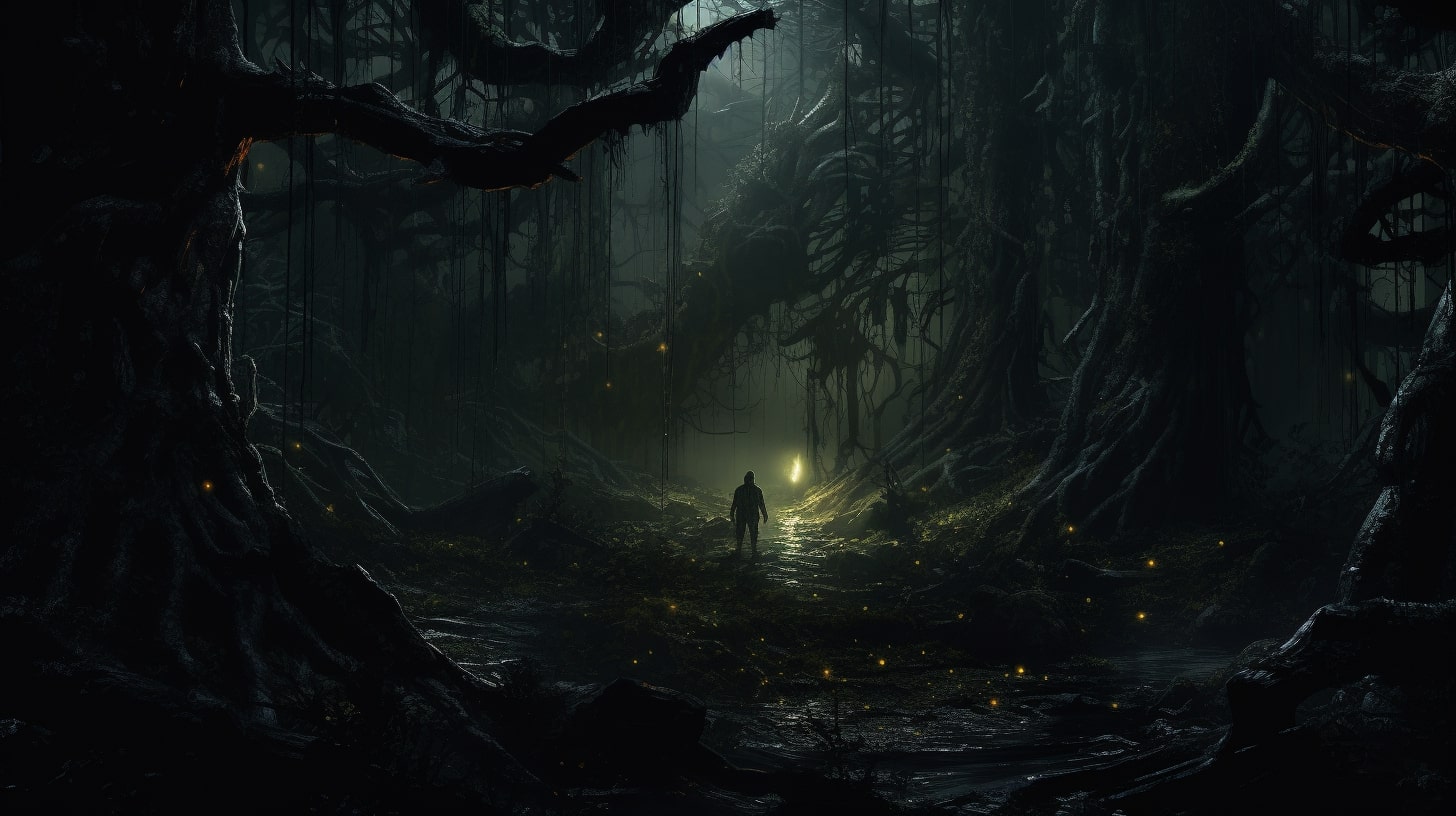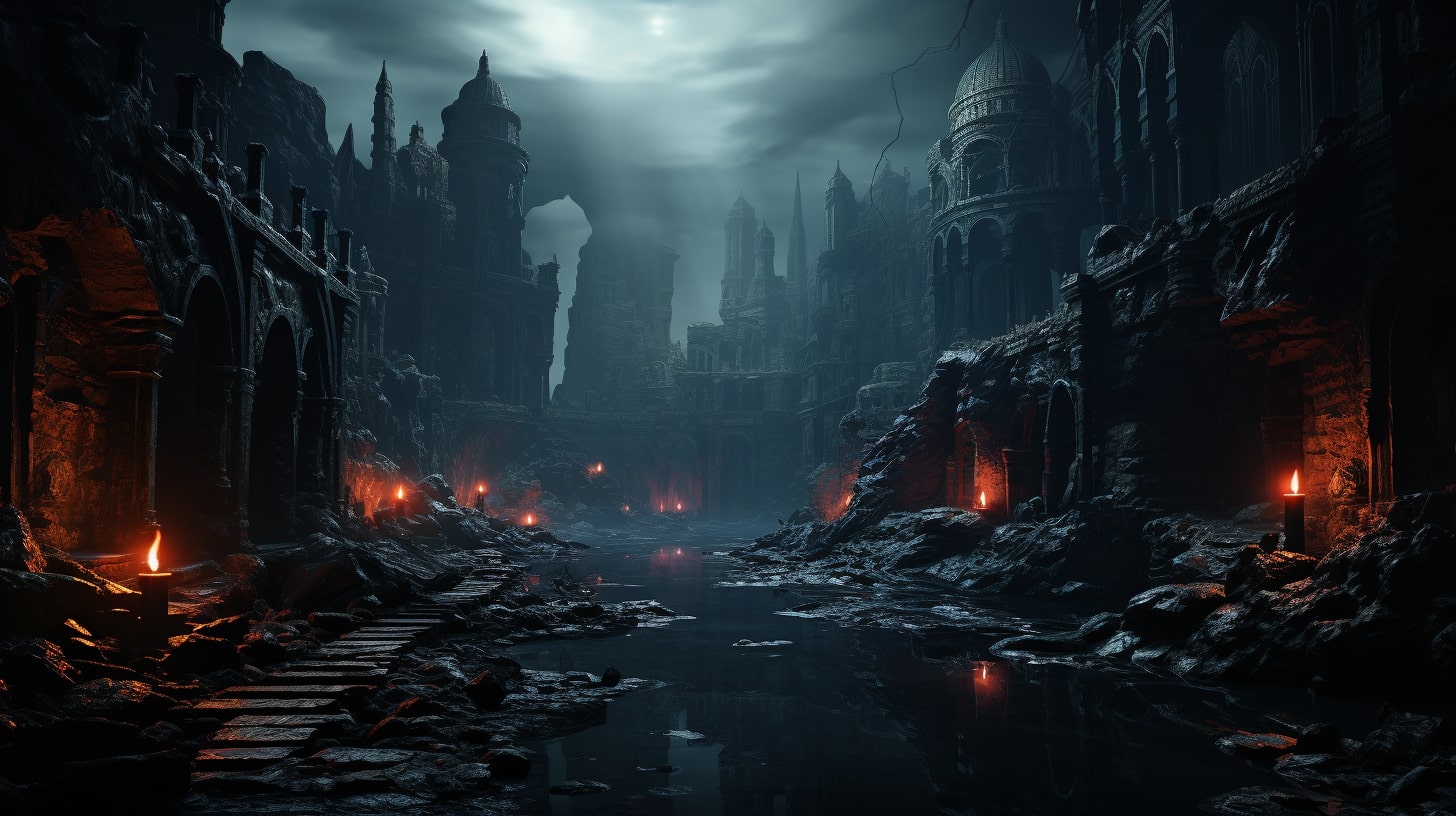The Art of Worldbuilding
Welcome to the fascinating world of worldbuilding! As a fantasy author, you have the unique opportunity to create captivating and immersive worlds that can transport readers to new and extraordinary realms.
If you’re just getting started with worldbuilding then it can seem overwhelming and that’s why in this post we’re going to simplify the worldbuilding process so anyone can do it.
Introduction to Worldbuilding
Worldbuilding is the creative process of constructing an entire fictional world within which your story takes place. It involves meticulously crafting the geography, history, cultures, societies, magic systems, and more. By carefully designing these elements, you can bring your story to life and provide readers with a rich and immersive experience.
As a worldbuilder, you have the power to shape every aspect of your fictional universe. From the climate and geography to the intricate details of its inhabitants, your world is a blank canvas awaiting your artistic touch. Through worldbuilding, you can create unique and vibrant settings that capture the imagination of your readers and make your story come alive.
Why Worldbuilding is Crucial for Fantasy Authors
Worldbuilding is an essential aspect of fantasy storytelling. It serves as the foundation upon which your story is built, providing a cohesive and realistic backdrop for your characters and plot. Here are a few reasons why worldbuilding is crucial for fantasy authors:
Immersion and Believability: A well-developed world allows readers to immerse themselves fully in the story and suspend their disbelief. When the world feels real and believable, readers can easily connect with the characters and become emotionally invested in their journey.
Consistency and Continuity: Through worldbuilding, you establish the rules and limitations of your fictional world. This consistency ensures that your story remains coherent and avoids plot holes or inconsistencies that may jar readers out of the narrative.
Enriched Storytelling: By fleshing out the various aspects of your world, you can incorporate rich histories, mythologies, and cultural nuances that add depth and complexity to your story. This additional layer of detail enhances the overall storytelling experience and captivates your audience.
Differentiation: The world you build sets your story apart from others in the genre. It allows you to create something unique and memorable that stands out in the minds of readers. Your world becomes a character in itself, leaving a lasting impression.
As you embark on your worldbuilding journey, remember to draw inspiration from various sources, conduct research, and explore different techniques to develop a well-rounded and captivating world. For more tips and resources on worldbuilding, check out our article on worldbuilding techniques.
Now that you understand the importance of worldbuilding and its role in crafting extraordinary stories, let’s dive into the worldbuilding process itself.
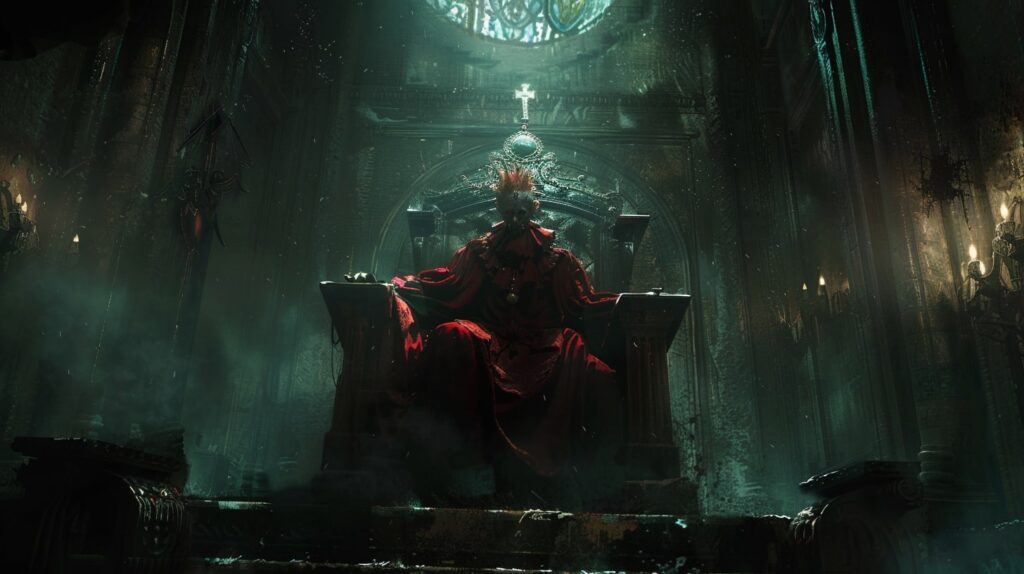
The Worldbuilding Process
When it comes to crafting a captivating fictional world, the worldbuilding process is a crucial step for fantasy authors like you. Through this process, you have the opportunity to create a rich and immersive setting that will captivate your readers. To help you navigate this creative endeavor, we have outlined a step-by-step guide below.
Step 1: Defining the Genre and Scope
Before diving into worldbuilding, it’s important to define the genre and scope of your story. Whether you are writing high fantasy, urban fantasy, or science fiction, understanding the genre will inform the elements you incorporate into your world. Additionally, consider the scope of your story. Will it revolve around a single city, a vast continent, or even multiple worlds? Defining these parameters will guide your worldbuilding process.
Step 2: Creating a Strong Foundation
A strong foundation is vital to the success of your worldbuilding endeavor. Begin by establishing the fundamental principles and rules that govern your world. This includes deciding on the laws of physics, the nature of magic (if applicable), and any other supernatural or fantastical elements you wish to include. Building a solid foundation will ensure consistency throughout your story.
Step 3: Developing the Physical World
In this step, focus on developing the physical aspects of your world. Consider the geography, climate, and ecosystems that exist within it. Create maps or diagrams to visually represent your world’s landmasses, mountain ranges, bodies of water, and other natural features. This will help you visualize and maintain consistency in your descriptions.
Step 4: Establishing Societies and Cultures
A well-developed world is incomplete without its societies and cultures. Create diverse and believable societies that inhabit your world. Consider their histories, customs, traditions, social structures, and values. Pay attention to the cultural nuances that make each society unique. This will add depth and realism to your world.
Step 5: Designing the Magic System (if applicable)
If your story involves magic, it’s essential to design a coherent and consistent magic system. Define the rules, limitations, and sources of magic within your world. Consider the impact of magic on society, the different types of magic users, and the consequences of wielding magic.
For more information on designing magic systems, check out our article on worldbuilding magic systems.
Step 6: Crafting Believable Characters
Worldbuilding goes hand in hand with character development. Create well-rounded and relatable characters that fit within the world you have built. Consider their backgrounds, motivations, and how they interact with the world around them. Ensure that their actions and decisions align with the societies and cultures you have established.
Step 7: Weaving Intriguing Plotlines
As you continue the worldbuilding process, start weaving intriguing plotlines that will engage your readers. Develop conflicts, mysteries, and challenges that your characters will face within the world you have created.
Consider how the societies, cultures, and magic system (if applicable) contribute to these plotlines.
Step 8: Incorporating Conflict and Tension
Conflict and tension are essential elements of a compelling story. Identify sources of conflict within your world, whether they are political, social, or personal. Introduce tensions and rivalries between different factions or characters. This will add depth and excitement to your narrative.
Step 9: Ensuring Consistency and Continuity
Throughout the worldbuilding process, it’s crucial to maintain consistency and continuity in your world. Keep track of the details you have established, such as the geography, rules of magic, and societal norms. Create a timeline or reference document to ensure you maintain coherence and avoid contradictions.
Step 10: Fine-tuning and Polishing the World
Once you have built the foundation of your world, it’s time to fine-tune and polish it. Review and refine the elements you have created, paying attention to the small details that bring your world to life. Consider seeking feedback from beta readers or fellow writers to gain fresh perspectives on your world.
By following these steps, you can embark on a successful worldbuilding journey and create a captivating fictional world that will transport your readers. Remember, worldbuilding is an iterative and dynamic process, so don’t be afraid to make adjustments and expand upon your ideas as your story unfolds.

Tips and Techniques for Effective Worldbuilding
When it comes to worldbuilding, a solid foundation is key to creating a captivating and immersive fictional world. Here are some tips and techniques to enhance your worldbuilding process that I’ve been applying as I build out the worlds of Odd Wonderful and Myth Dawn.
Research and Inspiration
Research and inspiration play a crucial role in worldbuilding. Immerse yourself in various subjects like history, culture, geography, and mythology to gain ideas and insights for your world.
Explore different worldbuilding resources and draw inspiration from real-world cultures, landscapes, and historical events. By incorporating elements from the real world, you can add depth and authenticity to your fictional universe.
Building a Map or Diagram
Creating a map or diagram of your world can be immensely helpful in visualizing its geography and locations. It provides a reference point for your story and helps you maintain consistency throughout your narrative. Consider using worldbuilding maps to plot out continents, countries, cities, and landmarks. A well-designed map can also spark ideas for unique settings and geographical features within your world.
Creating Unique and Memorable Settings
To captivate readers, it’s important to craft settings that are distinctive and memorable. Think beyond generic landscapes and strive to create places that evoke a sense of wonder and intrigue. Consider the climate, architecture, flora, and fauna of your world. Incorporate elements that differentiate your settings from others in the genre. By paying attention to worldbuilding elements, you can make your world come alive.
Paying Attention to Details
Small details can make a big difference in worldbuilding. Pay attention to the little things that add depth and realism to your world. Consider the customs, traditions, and social norms of different societies within your world. Develop unique languages, currencies, and even culinary traditions. By paying attention to these details, you create a more immersive experience for your readers.
Balancing Realism and Fantasy
When building a fictional world, finding the right balance between realism and fantasy is crucial. While you have creative freedom, incorporating realistic elements helps ground your world and make it relatable. Consider the consequences of your world’s unique features and magic systems. How do they impact the daily lives of your characters? Strive for internal consistency and logical explanations to maintain believability.
Evoking Emotions through Worldbuilding
Effective worldbuilding should evoke emotions in your readers. Think about how you want your audience to feel when exploring your world. Is it awe, excitement, or a sense of mystery? Consider the atmosphere, the sights, sounds, and smells that can be used to evoke these emotions. By engaging the senses and creating an emotional connection, you can transport your readers into a world they won’t want to leave.
By incorporating these tips and techniques into your worldbuilding process, you can create a rich and immersive fictional world. Remember to draw inspiration from various sources, pay attention to details, and strike a balance between realism and fantasy. With a well-crafted world, you’ll be able to transport your readers to new and exciting realms.

Taking Your Worldbuilding to the Next Level
Congratulations on embarking on the worldbuilding journey! Now that you have a solid foundation in place, it’s time to take your worldbuilding to the next level and add depth and richness to your fictional world. Here are some essential steps to consider:
Expanding Beyond the Basics
Once you have established the fundamental elements of your world, such as its physical attributes and societies, it’s time to expand beyond the basics. Dive deeper into the various aspects of your world, exploring its history, culture, and mythology. By doing so, you can create a more immersive and captivating experience for your readers. For inspiration and ideas, check out our article on worldbuilding ideas and worldbuilding prompts.
Creating Rich Histories and Mythologies
History and mythology provide the backbone of any well-developed world. Craft detailed histories that shape the present and influence the motivations and conflicts of your characters. Develop mythologies that explain the origins of your world, its magic systems, and significant events. This adds depth and complexity to your world, giving it a sense of authenticity. For guidance on creating compelling histories and mythologies, explore our article on worldbuilding history and worldbuilding mythology.
Incorporating Cultural Nuances and Traditions
Culture plays a vital role in shaping societies within your world. Delve into the cultural nuances, customs, traditions, and beliefs of different communities or races. This attention to detail adds realism and diversity to your world, making it more relatable and engaging. Consider exploring our article on worldbuilding cultures for tips and inspiration.
Adding Depth to Secondary Characters
While your main characters often take the spotlight, don’t overlook the importance of secondary characters. Develop their backgrounds, personalities, and motivations. Give them their own goals and challenges, making them feel like real individuals rather than mere props. Secondary characters can bring different perspectives and contribute to the richness of your world. Our article on worldbuilding characters can provide valuable insights to help you flesh out your secondary characters.
Worldbuilding as a Dynamic Process
Remember that worldbuilding is not a static endeavor. Your world should evolve and grow as your story progresses. Continuously refine and expand your world as new ideas emerge. Stay open to inspiration from various sources, such as art, history, and nature. Embrace the dynamic nature of worldbuilding to keep your world fresh and engaging. For more guidance on the worldbuilding process, explore our article on worldbuilding guide.
By taking your worldbuilding to the next level, you can create a vivid and captivating fictional world that readers will be eager to explore. Expand beyond the basics, delve into rich histories and mythologies, incorporate cultural nuances, add depth to secondary characters, and embrace the dynamic nature of the worldbuilding process. Remember to refer to our worldbuilding resources for additional tips and techniques. Happy worldbuilding!
